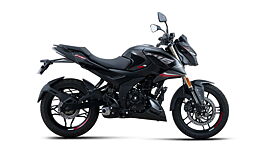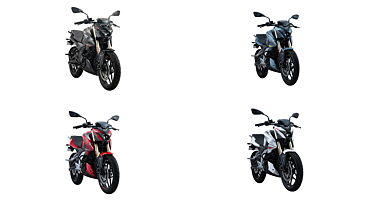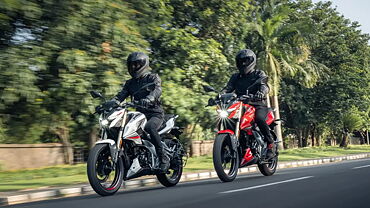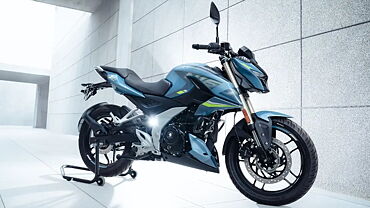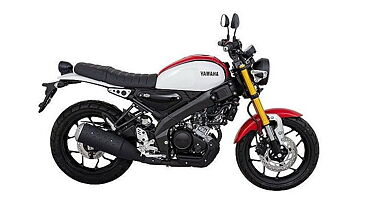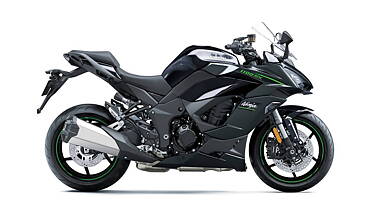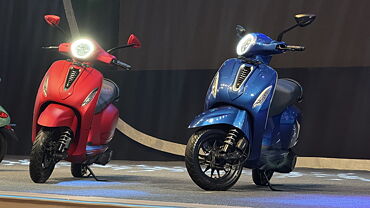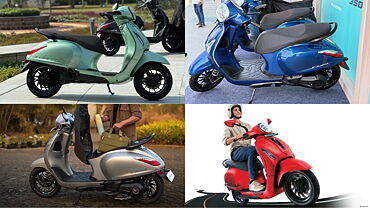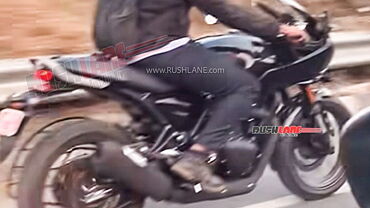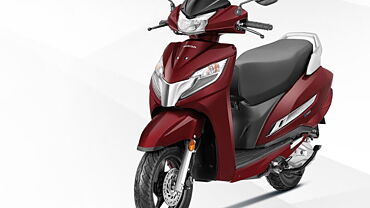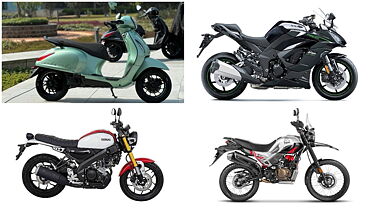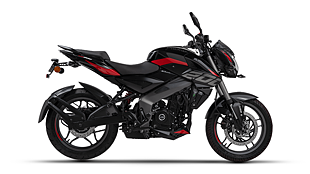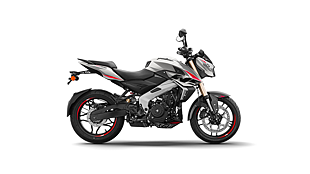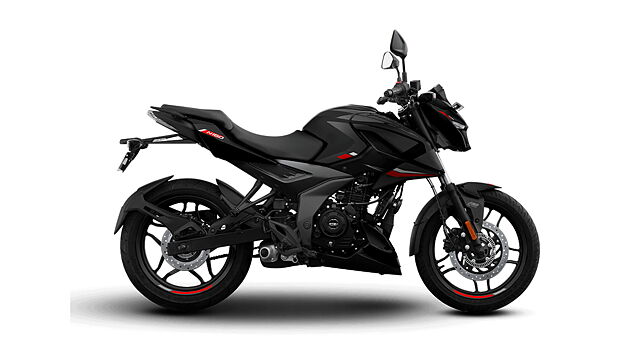
Bajaj Auto has started rolling out OBD2 and E20 fuel-compliant motorcycles into the Indian market, and its sub-200cc Pulsar N160 has been launched here. In fact, the 2023 Bajaj Pulsar N160 OBD2 has also started to arrive at the dealerships, and it has been priced at Rs. 1,29,645 (ex-showroom, Delhi).
What’s new on the 2023 Bajaj Pulsar N160?
The changes to the 2023 model are limited to the addition of OBD2-compliant hardware. The onboard diagnostic system tracks emissions in real time and notifies the rider in case of any fault via indicators on the dashboard. Further, the motorcycle is compliant with E20 fuel, which is a blend of 20 per cent ethanol with petrol. Meanwhile, the mechanical specifications retain the 164.82cc, single-cylinder, air/oil-cooled engine. Linked to a five-speed gearbox, this motor delivers a maximum output of 15.68bhp at 8,750rpm and a peak torque of 14.65Nm at 6,750rpm.
Is the styling of the 2023 Bajaj Pulsar N160 different?
The styling remains unaltered, and the OBD2-compliant Bajaj Pulsar N160 retains a single-pod projector-style headlight with twin DRLs, a body-coloured headlamp cowl, colour-matching front fender, an engine cowl, and split-style seats. Further, the bolted fuel tank shrouds add a muscular look, while the motorcycle also gets a compact exhaust canister and 17-inch alloy wheels. It is available in three colours – Brooklyn Black, Racing Red, and Caribbean Blue.
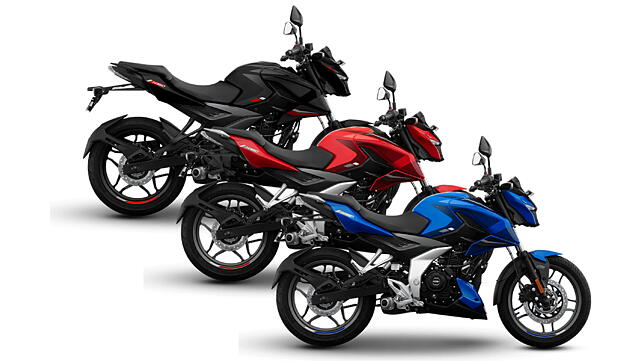
What features does the 2023 Bajaj Pulsar N160 carry?
The feature list, too, remains unchanged. Thus, the 2023 model continues to pack a bidirectional LED projector-style headlight with twin LED DRLs, an LED taillight, bulb-type turn indicators, a USB charger, and a semi-digital instrument cluster with a distance-to-empty meter. Notably, the company offers the motorcycle in two variants – single-channel ABS and dual-channel ABS. The dual-channel ABS variant is only available in Brooklyn Black colour. The hardware varies depending on the model selected.
What hardware does the 2023 Bajaj Pulsar N160 use?
The hardware on the single-channel ABS version comprises 31mm telescopic front forks, a rear monoshock, a 280mm single front disc, and a 230mm rear rotor. The dual-channel ABS, on the other hand, benefits from relatively bigger 37mm forks and a larger 300mm front disc brake. The single-channel ABS and dual-channel ABS versions tip the weighing scale at 152kg and 154kgm respectively.

